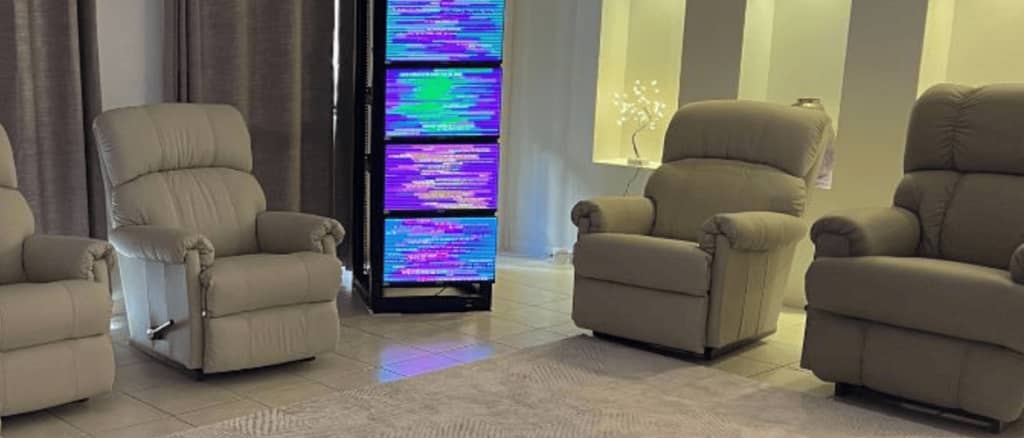This article first appeared in Holistic Bliss Online Magazine
So, what happens when you’re not well? In general, it’s accepted that when your health becomes compromised, your energy levels tend to drop. Researchers have found that the body organises itself to manage energy. So, if there are ongoing demands on the body to handle low-lying infections, repeated exposure to toxicity or pathogens in our water supply, the body will have to allocate energy to dealing with those elements thereby inducing fatigue and down-regulating bodily functions. However, there is not just the amount of energy available that is important to consider. The other factor in health is how adaptable the nervous system is. Adaptability equals health, resilience and optimal reactivity to an organism’s environment and ensures longevity.
Let’s explain a little about our Nervous System. The Autonomic Nervous System regulates involuntary physiological processes like heart rate, blood pressure, respiration, digestion & sexual arousal. It then contains three anatomically distinct divisions: sympathetic, parasympathetic, and enteric. The sympathetic nervous system is switched on when we are under stress, to produce increased heart rate, increased blood flow and oxygenation to the periphery especially the limbs to facilitate movement. Conversely the parasympathetic nervous system is responsible for rest and digestion. But on a deeper level, the parasympathetic nervous system oversees a vast array of crucial bodily functions, including control of mood, immune response, digestion, and heart rate.
What happens for the chronically stressed individual is that they get locked into a sympathetically dominant state. So even if they feel normal, their physiology is holding itself very tightly together because it’s lost its adaptability. So, a healthy nervous system is not one that is constantly in a parasympathetic state. It’s rather one that can switch appropriately, as needed from one state to the other. And then if you experience burnout, that’s when you’re thrown into a hyper parasympathetic mode so you can rest sufficiently and heal.
For most people today living with chronic stress, poor diet, emotional challenges, negative thoughts patterns, they’re sympathetically dominant, without being conscious of it. So, their normalcy is stress. Recent tests on the nervous system of a small cohort of participants to an EESystem Centre in Florida, measured the nervous system of 16 participants before and after their 2-hour session. The baseline that was expected for anyone reporting an illness is that they would have high sympathetic and low parasympathetic readings, and this was found to be the case.
The investigation then was to see could exposure to the EE System technology help to lower the sympathetic dominance and raise the parasympathetic response. There was a dramatic increase in total energy levels, a rise in their nervous system’s adaptability, in conjunction with a lowering of their resting heart rate and everyone’s biologic age reduced.
The nervous system is a key component of our biology. It not only orchestrates many physiological functions, but also is the record-keeper of emotional traumas, mental stressors or anxieties. And via the vagus nerve, the nervous system has a direct connection with our breathing patterns and therefore affect digestion, mood, immune response, amongst other vital functions. So, these verifiable shifts towards a healthier nervous system indicate that the body flourishes in this energetically optimal environment. It will be exciting to embark on further investigations in the near future and to expand on this current research.


